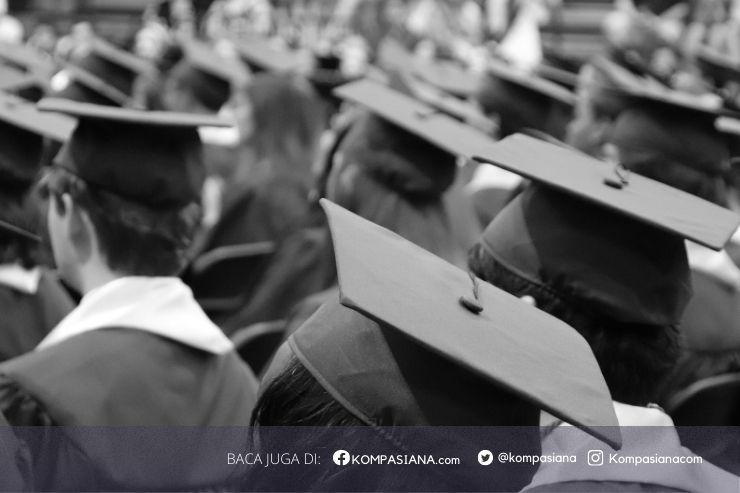c. Tujuan Afektif:
1. Menumbuhkan kesadaran dan tanggung jawab terhadap lingkungan.
4. Metode Pembelajaran
Student-Centered Learning:
Problem-Based Learning (PBL): Analisis kasus nyata (contoh: polusi sungai).
Project-Based Learning: Proyek kolaboratif (contoh: desain taman kampus berkelanjutan).
Experiential Learning: Kunjungan lapangan (ecovillage, pusat daur ulang).
Teknologi Pendukung:
Platform digital (Google Earth untuk studi ekosistem). Augmented Reality (simulasi dampak deforestasi).
Sumber Belajar
Buku Teks: Krebs, C. J. (2009). Ecology: The Experimental Analysis of Distribution and Abundance. UNESCO (2017). Education for Sustainable Development: Learning Objectives.







